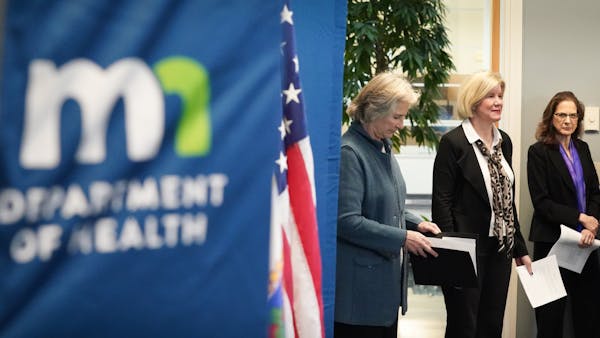Q: Who should get tested for COVID-19?
Health officials recommend that anyone with fever and a cough or shortness of breath should get tested, as well as those in high-risk groups, including the elderly, those will underlying health conditions, health care and other essential workers as well as those who have been in contact with known cases.
Q: Where are tests available?
Contact your medical provider or visit a new state of Minnesota website (mn.gov/covid19/for-minnesotans/if-sick/) that can assess your testing needs and lists places near you that are offering testing.
Q: How does the test work?
A sample will be taken from your nose or mouth and sent to the laboratory, which runs a test that looks for the genetic material of the virus that causes COVID-19. If the test result is positive, a diagnosis of COVID-19 is confirmed. Negative results, however, don't guarantee that you aren't infected. The test might not be able to detect the virus if you have no symptoms, even if you are infected. Also, if the sample is taken incorrectly, there might not be enough material for the test to recognize the infection.
Q: How quickly would I get results?
It will vary based on how many samples are in the pipeline or if the sample is sent to a lab outside the state. The University of Minnesota and the Mayo Clinic are working with other health care systems in the state to expand testing capacity with the goal of doing 20,000 tests per day.
Q: Is there a test that tells if I already had COVID-19 and might have some immunity?
Yes, there is a blood test that will look for antibodies in your system that were made as part of your body's immune response. This test is not used to diagnose people and works best after you have recovered, usually two weeks after symptoms go away. This test is newer than the diagnostic test and is just beginning to be offered.

In Grand Rapids, Itasca Pride is planning its first event, but there is already pushback
One person shot at YMCA in Coon Rapids

BCA says man pointed pistol-style BB gun at officers before he was shot in Woodbury

Former diversity worker sues University of Minnesota after firing over swastika photo

